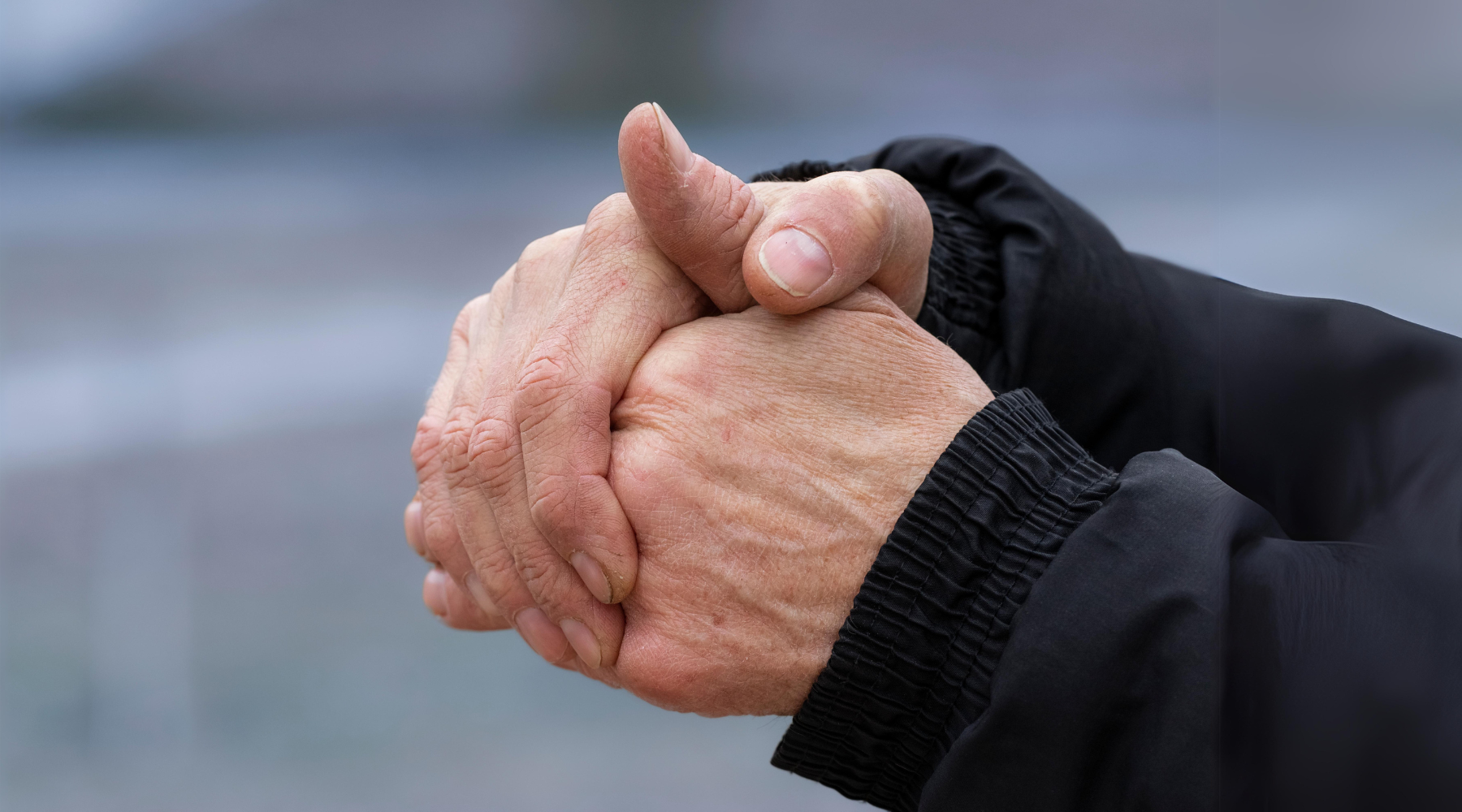Each week, OMRF Chief Medical Officer Dr. Judith James opens “Adam’s Journal” to answer a medical question from Adam Cohen, OMRF’s senior vice president & general counsel.
Adam’s Journal
Here’s a question from our Oklahoma Medical Research Foundation colleague – and Dr. James’ fellow OMRF scientist – Dr. Dean Dawson:
The last couple of years I’ve found that when my hands get even a little cold, the ends of my fingers turn white and go numb. It takes quite a while and lots of rubbing to get them back to normal. I don’t remember this happening often in my past, even when I lived in much colder climates.
I told one of my sisters about this, and the same thing happens to her, but not our other sisters. Is this genetic? Is it going to keep getting worse? Is it harmful to my fingers?
Dr. James Prescribes
When I hear about changes in finger color prompted by exposure to cold, the first thing that comes to mind is Raynaud’s disease (which is also often called Raynaud’s phenomenon).
This condition is relatively common, affecting 2-5% percent of the population, and is usually found in young women. In addition to the fingers, Raynaud’s can also affect the toes or tips of the ears and nose.
In most cases, Raynaud’s is mild, not associated with any other health condition, and doesn’t require treatment.
In rare cases, Raynaud’s can be accompanied by autoimmune conditions like scleroderma or lupus. In those individuals, it can cause black areas in the affected regions, a result of tissue death from lack of blood supply. Fortunately, it doesn’t sound like that’s the case here.
There are also vascular conditions that can present with similar symptoms. In these situations, the primary vascular condition requires treatment.
For anyone experiencing Raynaud’s or similar symptoms, an important step is to decrease cold to the affected areas. That means extra layers outdoors, and even sometimes taking precautions indoors. If that isn’t enough, medications are available, although treatments will differ depending on whether a person’s Raynaud’s is primary or associated with another condition.
Raynaud’s is genetic. The largest genetic study of this condition, which came out last year, estimated that if you have this condition, then your siblings have about a 50% chance of having it, too.
In this particular case, I happen to know that our reader is neither female nor under the age of 40. Coupling this with the fact that his symptoms seem to be worsening, I’d recommend he discuss them with a rheumatologist or during his next visit with his primary care provider, as should anyone experiencing similar symptoms.
–
James is executive vice president and chief medical officer of the Oklahoma Medical Research Foundation. Cohen, a marathoner, is OMRF’s senior vice president and general counsel. Send your health questions to contact@omrf.org.



